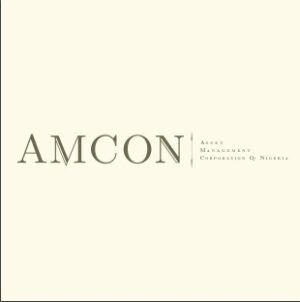Nigeria is the third largest investment management zone in sub-Saharan Africa, after South Africa and Morocco. Agusto & Co. estimates that Nigeria had N3.5 trillion ($7.8 billion) in assets under management (AuM) as at the end of 2022.
This represents a 25 per cent increase from the prior year. This growth was driven in part by increased investor confidence following the gradual rise in the yields offered on naira-denominated investments during the latter half of the year and growth in dollar-denominated portfolios as discerning Nigerians hedge against the persistent devaluation of the naira.
According to the report, titled: “The Nigerian Asset Management Industry: Segregated Portfolios Take Centre Stage”, despite Nigeria’s sub population of 220 million people and the high foreign exchange remittance inflows from Nigerians living in the diaspora ($20.9 billion or N9.3 trillion in 2022), the asset management industry continues to underachieve.
The Industry’s growth remains constrained by a large informal sector (estimated at 65 per cent of Gross Domestic Product), a high poverty rate of 40 per cent and limited investment opportunities offered by the Nigerian capital market.
The challenging operating environment in Nigeria has led to an erosion of real incomes and purchasing power, prompting a surge in investors’ inclination towards dollar-denominated assets.
The escalation of the year-over-year inflation rate from 15.6 per cent in January 2022 to 21.37 per cent in December 2022. is indicative of an unfavourable macroeconomic climate. In addition, the parallel market exchange rate stood at N750/$ as at 31 December 2022, indicating a 63 per cent arbitrage from the official market rate and a 32 per cent depreciation from N570/$ recorded in the corresponding period of the prior year.
Naira-denominated investments have lost their lustre in light of current market conditions, and investors are instead looking to high-yield alternatives and FCY-denominated investments.
In 2022, segregated portfolios accounted for more than half of total managed assets (52 per cent), which amounted to N1.76 trillion as at December 31, 2022 – 40.2 per cent higher than in 2021 – marking a noteworthy shift in the Industry as segregated portfolios overtook collective investment schemes (CISs) in terms of AuM share for the first time in three years.
Segregated portfolios, which include privately managed discretionary and non-discretionary client funds as well as other private collective investment schemes, provide investment options that are tailored to the unique risk profiles and investment objectives of individual clients.
Unlike collective investment schemes, segregated portfolios provide more flexibility and autonomy as they are not directly subject to the scrutiny and monitoring of the Securities & Exchange Commission.



